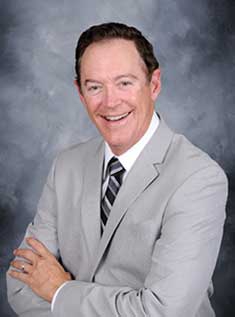Latent Ambiguity
An ambiguity which arises from uncertain circumstances. There are two types of latent ambiguity. The first is equivocation, which occurs when the wording of a will may apply to more than one object or entity. The second is misdescription, which occurs when part of a description is incorrect. A testator might, for instance, misspell the name of an intended heir or list the wrong address for a real property.
Scrivener’s Error
An error which was made when the will was being written. A scrivener’s error can be as simple as a misspelled or omitted word. However, such basic mistakes still have the potential to change the meaning of a will and lead to a probate challenge.
If a will is challenged, or a California probate court believes it is clearly ambiguous, a prospective heir and their attorney should be prepared to show evidence demonstrating the testator’s original intent.
Extrinsic Evidence
Often, claims to or against an ambiguous will can be resolved by the introduction of extrinsic evidence. In general, extrinsic evidence is any outside evidence that can resolve a patent ambiguity, latent ambiguity, a scrivener’s error. Probate courts typically want to see the testator’s original intent fulfilled and will usually allow heirs and other interested parties to submit extrinsic evidence.
A beneficiary might, for instance, show a judge a letter in which the testator referred to them by an abbreviated name or nickname—thereby clearing up any claims of misdescription.
In some instances, extrinsic evidence may be used to refute estate claims. If a disinherited child protests their removal from a will or trust, extrinsic evidence—such as an affidavit or other statement—may prove that the omission was intentional.
Even Unambiguous Wills Can Be Re-Interpreted
Those who write a will usually do so with the intent to be clear. However, even unambiguous documents can present unexpected challenges. Up until very recently, many California courts adhered to the “four corners” rule—if a will appeared valid, nothing outside the paper’s borders would be considered in probate.
However, the California Supreme Court weighed in on the Estate of Duke—an estate challenged by two of the testator’s preferred charities as well as by his other heirs—and acknowledged the importance of intent on the part of the testator. Under the Estate of Duke, “an unambiguous will may be reformed if clear and convincing evidence establishes that the will contains a mistake in the expression of the testator’s intent at the time the will was drafted and also establishes the testator’s actual specific intent at the time the will was drafted.” Duke’s estate was forced through California’s judicial system, where the Supreme Court eventually sided with the charities on the basis of extrinsic evidence.
How an Attorney Can Help
An ambiguous will, as well as the introduction of extrinsic evidence, can significantly alter the outcome of probate proceedings. An experienced estate planning attorney can help stake your claim—and back it up.
|
Related links: |






